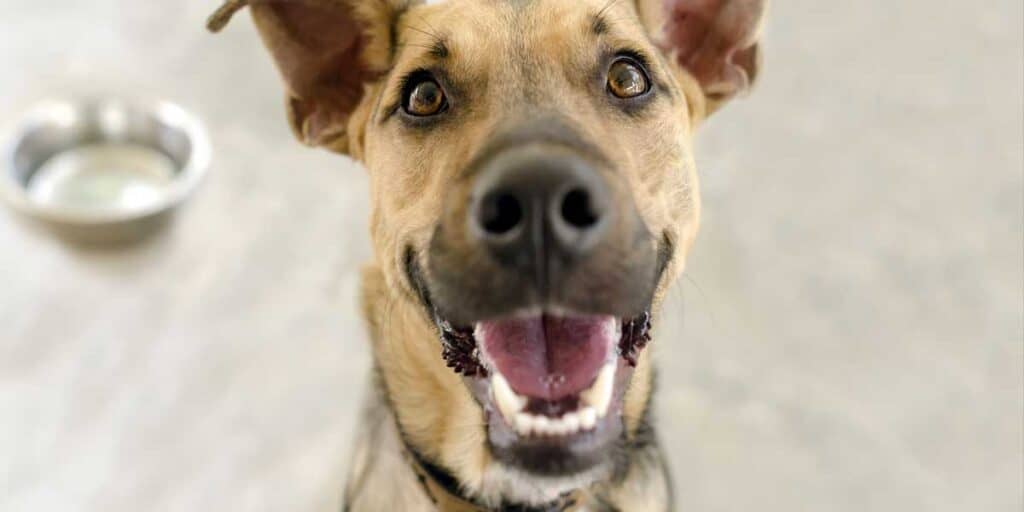
Have you ever thought about what a treat means to your dog?
A treat can be a great reward, a way to show that you’re happy with the behaviour your dog has just performed. But there are different kinds of treats, so the more difficult the behaviour is, the better the treat will need to be to reward it.
Let’s look at this from another scenario. Let’s say for every time you clapped your hands I gave you $20, then all of a sudden I stop paying the money – what do you think would do?
Chances are you probably think “what’s going on here” and then clap a little bit more, and then harder and harder. After realizing that clapping will not get you any reward you stop the behavior. This is exactly what happens when trying to train your dog.
Let’s say you’re teaching your dog sit in your home and you use kibble and your dog absolutely loves this kibble. Your dog is very responsive with his bum quickly hitting in the floor every time you ask for a “sit”. You are so happy with this behaviour and how good your dog is sitting.
Later that day you decide to go for a walk, and during that walk you decide to ask your dog to “sit”. He gazes up at you with a blank stare – so you repeat the command again. You think to yourself “he is being bad and not listening” “he should know this!” You take his favourite kibble out of your pocket and place it in front of his nose…. and before you can even get the command our of your mouth again, he runs to the end of the leash to greet the lady walking by. Frustrated, you turn right around and march straight home.
Let break down why this happened.
Firstly, dogs are not good scenario learners. They cannot take what they learned in the house (“sitting” in this case) and transfer it to another environment/situation.
Secondly, this could mean that you increased difficulty level too soon. What I mean by this is that you went from a quiet living room with no distractions out to a busy street and with people, a car and interesting smells, not realizing that the dog will have a hard time ignoring all these interesting distractions.
When training a new behaviour, you will train in a variety of environments, starting at step 1. Don’t move onto step 2, etc, until the behaviour is reliably happening on command at step 1. If you get to step 2, 3, or further, and the dog has trouble, go back to the previous step.
- Train in your living room when there are no distractions. Other pets / people should not be nearby. The room should be quiet and free of distractions.
- Train in your living room with distractions. Start small by turning the TV on. Then progress to having another person or pet in the room while you train.
- Next is training in the great outdoors. Move outside to a quiet part of your yard or driveway and work on your command until the dog can complete the sit successfully in that scenario. Try a less distracting area first (like a deck or a driveway where there may be less interesting smells), and then try a more distracting area (where there are temptations to sniff).
- The next step would be to repeat the training in a more distracting area of your yard, such as your front yard where your dog will be able to see neighbours, cars, etc
- Next, you go to quiet sidewalk area away from your house, and work on sit in that new environment.
- Lastly, you will find a busier area full of distractions (people, cars, noise, other dogs)
